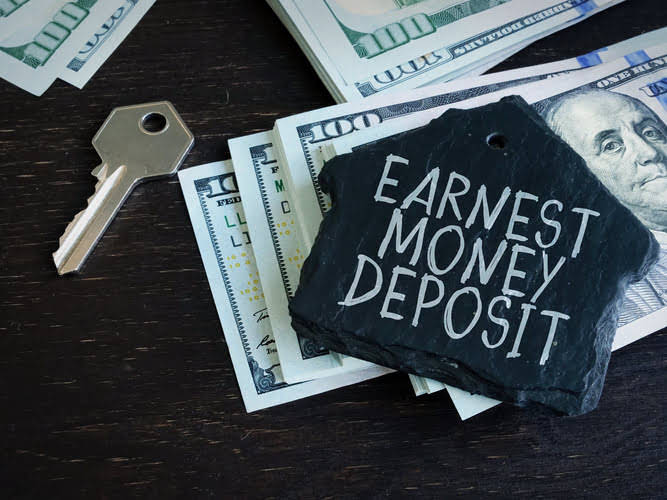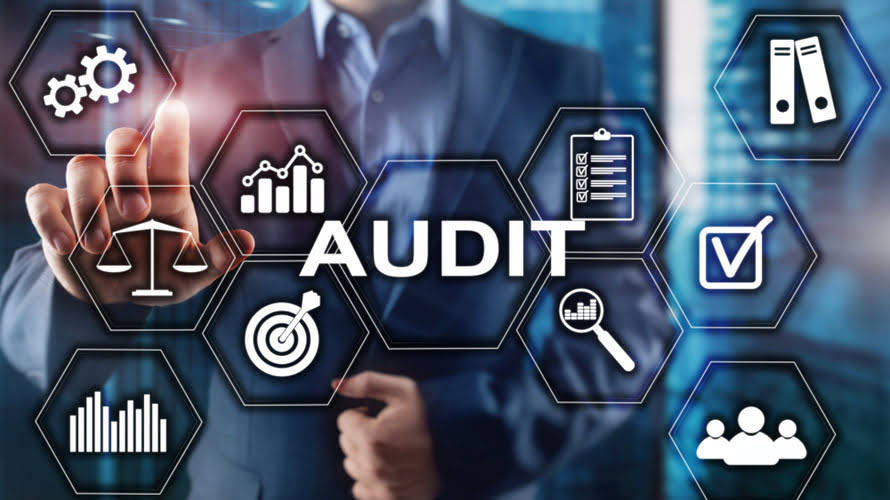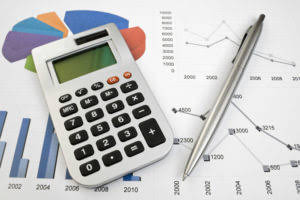What is the double declining balance method of depreciation?

Of course, the pace at which the depreciation expense is recognized under accelerated depreciation methods declines over time. Even if the double declining method could be more appropriate for a company, i.e. its fixed assets drop off in value drastically over time, the straight-line depreciation method is far more prevalent in practice. If you make estimated quarterly payments, you’re required to predict your income each year. Since the double declining balance method has you writing off a different amount each year, you may find yourself crunching more numbers to get the right amount. You’ll also need to take into account how each year’s depreciation affects your cash flow.
Step 2: Compute Current Year Depreciation Expense
On the other hand, a double-declining balance decreases over time because you calculate it off the beginning book value of each period. It does not take salvage value into consideration until you reach the final depreciation period. There are scenarios where adjustments may be needed in DDB calculations. For instance, if an asset’s market value declines faster than anticipated, a more aggressive depreciation rate might be justified. Conversely, if the asset maintains its value better than expected, a switch to the straight-line method could be more appropriate in later years. Depreciation allows a company to deduct an asset’s declining value, reducing the amount of income on which it must pay taxes.
Would you prefer to work with a financial professional remotely or in-person?

This method takes most of the depreciation charges upfront, in the early years, lowering profits on the income statement sooner rather than later. You calculate it based on the difference between your cost basis in the asset—purchase price plus extras like sales tax, shipping and handling charges, and installation costs—and its double declining balance method salvage value. The salvage value is what you expect to receive when you dispose of the asset at the end of its useful life. At Taxfyle, we connect individuals and small businesses with licensed, experienced CPAs or EAs in the US.
Accounting Software for Your Business: Key Features & Pros
Assuming there is no salvage value for the equipment, the business will report $4 ($20,000/5,000 items) of depreciation expense for each item produced. If 80 items were produced during the first month of the equipment’s use, the depreciation expense for the month will be $320 (80 items X $4). If in the next month only 10 items are produced by the equipment, only $40 (10 items X $4) of depreciation will be reported. The double-declining balance method multiplies twice the straight-line method percentage by the beginning book value each period. Because the book value decreases each period, the depreciation expense decreases as well. In the final period, the depreciation expense is simply the difference between the salvage value and the book value.
- In other words, it records how the value of an asset declines over time.
- Use of our products and services is governed by our Terms of Use and Privacy Policy.
- The DDB method is particularly relevant in industries where assets depreciate rapidly, such as technology or automotive sectors.
- In the final year, the asset will be further depreciated by $2000, ignoring the rate of depreciation.
- At the end of 10 years, the contra asset account Accumulated Depreciation will have a credit balance of $110,000.
- Instead, the asset will depreciate by the same amount; however, it will be expensed higher in the early years of its useful life.
Building Better Businesses

They determine the annual charge by multiplying a percentage rate by the book value of the asset (not the depreciable basis) at the beginning of the year. Filing for an extension of time to file your state What is bookkeeping tax return can be a tricky process. Businesses choose to use the Double Declining Balance Method when they want to accurately reflect the asset’s wear and tear pattern over time. If the beginning book value is equal (or almost equal) with the salvage value, don’t apply the DDB rate. Instead, compute the difference between the beginning book value and salvage value to compute the depreciation expense.

Middle Years Depreciation
- This is preferable for businesses that may not be profitable yet and, therefore, may be unable to capitalize on greater depreciation write-offs or businesses that turn equipment assets over quickly.
- 11 Financial may only transact business in those states in which it is registered, or qualifies for an exemption or exclusion from registration requirements.
- For the past 52 years, Harold Averkamp (CPA, MBA) hasworked as an accounting supervisor, manager, consultant, university instructor, and innovator in teaching accounting online.
- This pattern will continue and the depreciation for the 10th year will be 1/55 times the asset’s depreciable cost.
- This method falls under the category of accelerated depreciation methods, which means that it front-loads the depreciation expenses, allowing for a larger deduction in the earlier years of an asset’s life.
Your basic depreciation rate is the rate at which an asset depreciates using the straight line method. He has a CPA license in the Philippines and a BS in Accountancy graduate at Silliman University. Sara wants to know the amounts of depreciation expense and asset value she needs to show in her financial statements prepared on 31 December each year if the double-declining method is used. For example, if an asset has a salvage value of $8000 and is valued in the books at $10,000 at the start of its last accounting year. In the final year, the asset will be further depreciated by $2000, ignoring the rate of depreciation. After the first year, we apply the depreciation rate to the carrying value (cost minus accumulated depreciation) of the asset at the start of the period.

Double declining balance is sometimes also called the accelerated depreciation method. Businesses use accelerated law firm chart of accounts methods when having assets that are more productive in their early years such as vehicles or other assets that lose their value quickly. Choosing the right depreciation method is essential for accurate financial reporting and strategic tax planning.
What is the Double Declining Balance Method?
The double declining balance method offers faster depreciation, suitable for assets that lose value quickly, while the straight line method spreads costs evenly over the asset’s useful life. Therefore, the DDB depreciation calculation for an asset with a 10-year useful life will have a DDB depreciation rate of 20%. In the first accounting year that the asset is used, the 20% will be multiplied times the asset’s cost since there is no accumulated depreciation.
